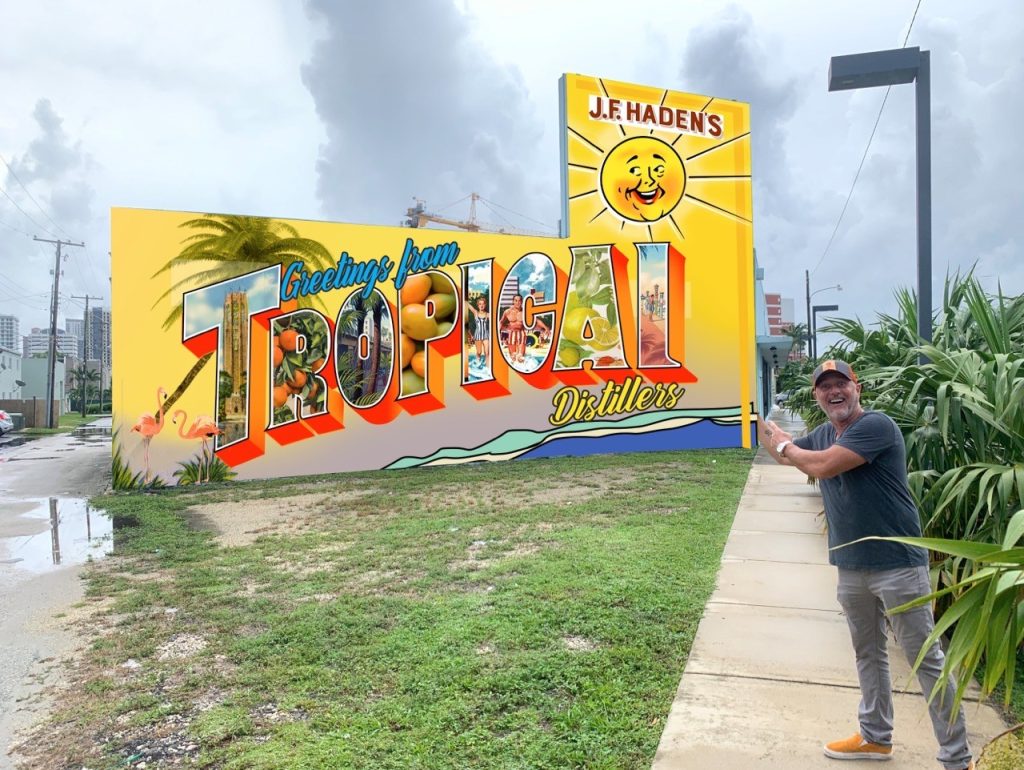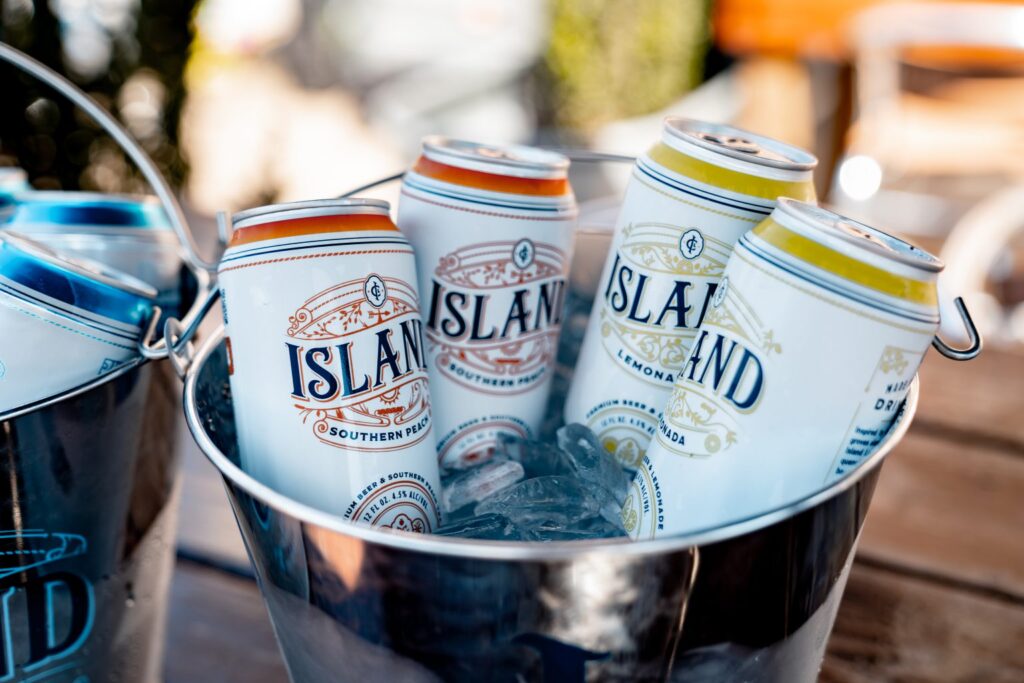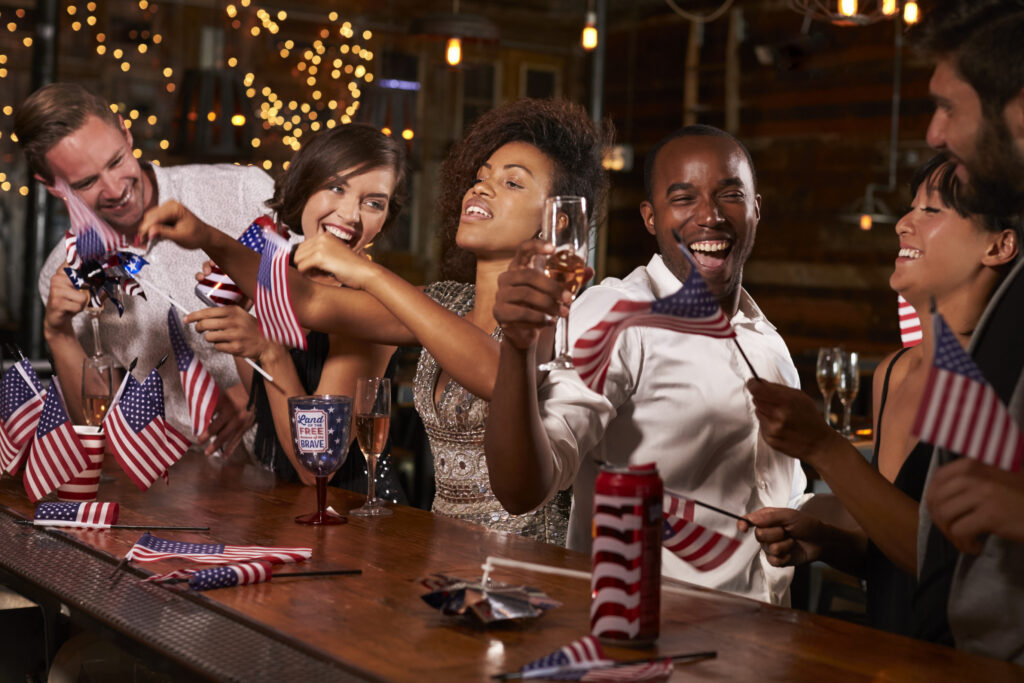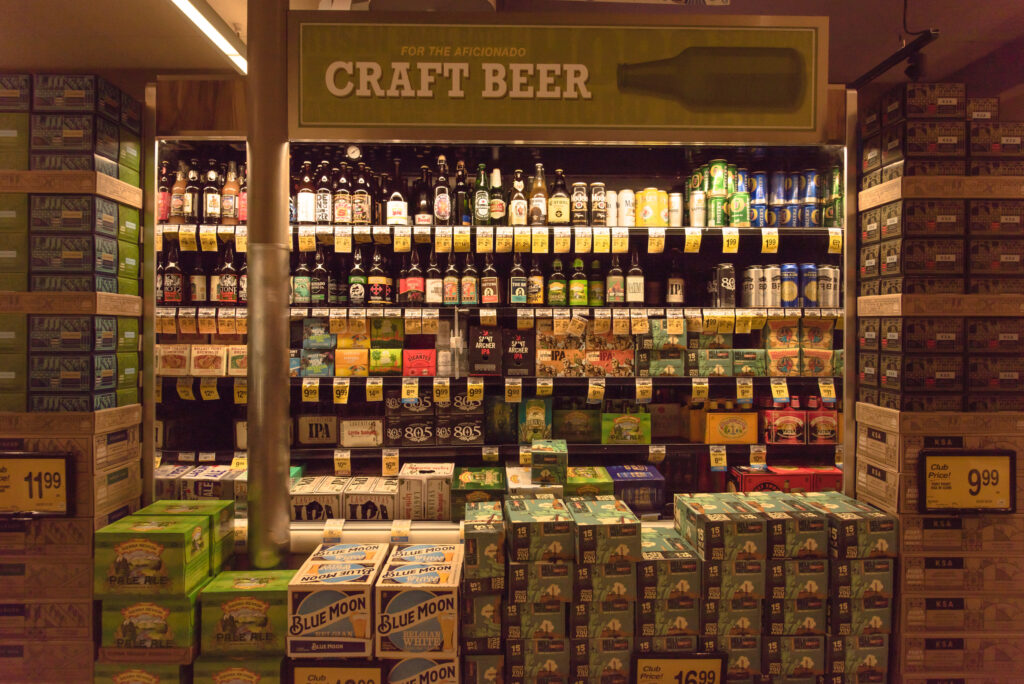By: Anar Mammadov
It’s not easy to make a beverage brand succeed. The marketing must be just right, including packaging, positioning, and placement of ads. Securing distribution is another step; hitting your sales numbers starts with getting your product in stores. Even when those two are achieved, brands still need to find a customer base that will adopt them, sharing their enthusiasm and spreading the word about their products.
In 2022, beverage brands that want to be successful can add another task to their to-do list: providing same-day delivery. Consumers, responding in large part to the stay-in-place culture that was inspired by the COVID-19 pandemic, have come to expect that most any item can be delivered to their door in a matter of hours, if not minutes. This is true of everything from bandages to burgers to big screen TVs. And it definitely includes beverages. When a customer realizes that they don’t have the beer they want for the cookout or decides a nice bottle of wine would go well with tonight’s dinner, they are looking more and more to same-day delivery options.
The Current State of Same-day Delivery
For beverage brands that want to meet the same-day delivery expectation, there are a handful of delivery services that can help them. Looking at the reviews for those companies, however, reveals they leave quite a bit to be desired for the brand that is concerned about providing service that consistently inspires glowing reviews.
Forbes recently ran an article rating alcohol delivery services. At the top of its list was Drizly, which is an online platform that allows users to get alcohol delivered from local retailers. Drizly promises delivery in less than 60 minutes and the “biggest selection for on-demand alcohol in the history of ever.”
Forbes rated Drizly as the “Best Alcohol Delivery Service Overall,” but reviews show it to be hit or miss. According to the consumer review website Trustpilot, Drizly needs to do some work to become a five-star service. While 39 percent of the reviews described Drizly as “excellent,” 46 percent labeled it “bad.” The most frequent complaints from users focused on delivery times and fees that could be improved.
Minibar is an online alcohol delivery platform that Forbes rated as “Best Quick Alcohol Delivery Service.” According to user reviews submitted to the online review site Influenster, Minibar provides better than four-star service, but still struggles in some areas, such as providing reliable ETA info.
If you are ordering alcohol with a takeout food order, Forbes says DoorDash is your best option. But users are not kind to DoorDash in their ratings on Trustpilot or Reviews.io.
The Issues That Make Same-day Delivery Challenging
What is keeping these companies from achieving consistently reliable delivery service? Anar Mammadov, CEO of Senpex, has some ideas. Senpex is a logistics company that provides safe and reliable on-demand pickup and delivery services for a wide range of companies, including beverage companies. Central to the service that Senpex provides is an AI-powered engine that ensures all of the delivery factors are considered and routes are optimized.
“There are a lot of factors that need to be considered if you are going to provide delivery in a timely, professional way,” explains Anar. “These include the volume of product, which dictates the size of the delivery vehicle needed, as well as traffic and other road conditions. When you have multiple drivers making multiple deliveries, it gets exponentially more difficult to plan. At Senpex, we rely on our route optimization algorithm to make sure that deliveries are possible and profitable.”
Sen has some experience in making deliveries. Having worked with more than 3,000 corporate clients, Senpex has more than 500,000 successful deliveries and a 98 percent customer satisfaction rate. And thanks to the help of AI, it is able to achieve that for as little as $7 per delivery stop.
Anar also highlights the need for reliable in-house logistics that simplify the delivery process by bringing inventory, ordering, and fulfillment together. In addition to partnering with companies to provide a delivery team, Senpex also offers its logistics platform as a SaaS solution for companies that want to increase the efficiency of their own delivery teams.
“Having your own delivery fleet is not enough to meet same-day delivery expectations,” Anar explains. “You need sophisticated logistics that convert delivery details into optimized delivery routes. The platform needs to keep drivers updated in real-time to make sure that deliveries are not delayed. Being able to stay on top of ETAs allows you streamline deliveries and keep customers informed.”
In its own operations, Senpex has found it essential to have an AI-empowered dispatch management tool that also provides drivers with an app to track and verify the delivery process.
“Customers have a lot of expectations when it comes to same-day delivery, regardless of what the product is,” Anar explains. “They want safe and transparent delivery, competitive pricing, and instant real-time status updates. And they want it all to be managed by a professional delivery team. Businesses that can’t meet these expectations are risking their reputations.”
Navigating the Risks Associated with Same-day Delivery
So what does all of this mean for beverage companies who are contemplating providing same-day delivery. The bottom line is that it is risky. There is a huge potential for craft beverage makers to grow their following through alcohol delivery, as the financial services platform Square recently reported. However, a bad delivery process can come across as a bad brand.
Is there a solution? The answer may be found in a delivery system that provides a brand with more control than what is typically available through a generalized delivery service like DoorDash. Professional delivery services like Senpex exist to take your delivery to the next level.
In addition to providing you with the tools that you need to do delivery well, a professional delivery service can also help you to scale that aspect of your business. They give you access to a large fleet while only requiring you to pay for the deliveries that you need. As the demand for delivery grows, you have additional drivers at the ready.
As you explore the possibilities that are available, here are a few things you will want to consider.
Work with Drivers Who Know Your Business
Delivering alcohol is not like delivering anything else. Several states have laws that regulate it. Before committing to working with a delivery service, make sure that they can provide drivers that comply with all applicable laws. In other words, choose a professional service that vets its drivers. Let them do the HR work for you.
Also, make sure that the delivery service has the type of vehicles that are needed to facilitate your deliveries. Not only should they have refrigerated vehicles when that is necessary, but they should also have the right size vehicle. Vehicles that are too small will not be able to handle the load. But vehicles that are too big will often cost you more than you need to be paying. Ensuring that the right vehicle is available is one of the functions of route optimization.
Work with Companies Who Understand Delivery Logistics
Whether you are partnering with a delivery company to utilize their drivers or simply taking advantage of their delivery logistics platform to optimize the efforts of your own delivery team, there are some things you should look for. For example, look for a platform that integrates with your existing ERP system. If you truly want to take advantage of delivery automation, it is better to avoid working with multiple systems.
Dispatch management functionality should include tools that allow for real-time fleet tracking. This includes automatic status updates, electronic proof of delivery, and secure driver chat through simple and intuitive apps that are native to both iOS and Android.
One often overlooked element of logistics optimization is deliveries that are managed by regular drivers on regular routes. Regular drivers know what to expect from both the route and the delivery destination, making them more capable of delivering the type of experience that will lead to repeat business. A company with a lot of driver turnover will not be the best option for businesses that want to provide a consistent customer experience.
Finally, tools that empower route optimization are critical to success. Last mile delivery is one of the biggest challenges facing businesses today. It takes the most time, it costs the most money, and it serves as the key point of contact between the customer and the brand. It should be a top priority for any delivery service with which you choose to work.
Overall, same-day delivery provides another revenue stream that beverage businesses should seriously consider tapping. The market clearly exists, even if the price that consumers are willing to pay has yet to be firmly established. Now is the time to explore the options that are available to create a system that can be profitable and provide a positive customer experience.











